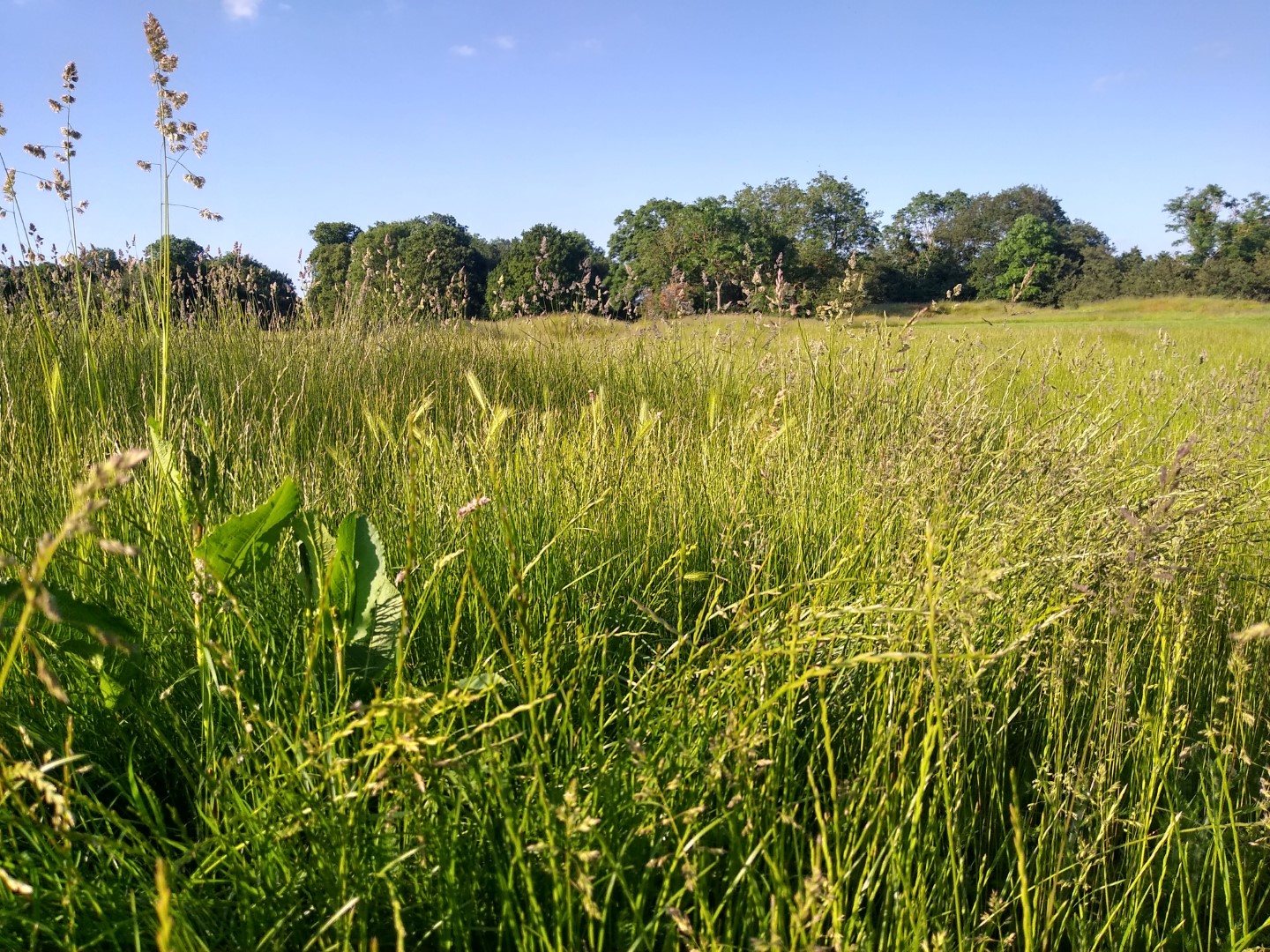Local Heritage list Review
“Enfield Council is currently reviewing our Local Heritage List, and we would love to hear from you. Heritage plays a crucial role in shaping and reinforcing the unique character of our local area. By identifying and protecting these heritage assets, we help preserve the distinctiveness of our community for future generations.”
This is an opportunity to record and emphasise the heritage value of Whitewebbs Park and its many distinctive features.
The Conduit House (by the Lake) no.256 , Whitewebbs House no. 257, the old garden wall areall listed, as is the loop in the old course of the New River no. 279 and the park itself no. 259. The New River loop is a proposed new entry and needs our full support as it extends right across the park. You will notice that the description of Whitewebbs is at variance with some of the statements made in Spurs and some other Council documents.
The heritage document and details can be found at https://www.enfield.gov.uk/con…/local-heritage-list-review There is a downloadable list of all the heritage sites in the borough. Note that the list does not include “listed” buildings such as the Grade II listed South Lodge and the Aqueduct on Flash Lane All comments and suggestions should be sent to heritage@enfield.gov.uk
The entries for Whitewebbs Park
The Old Course of the New River (The Loop) Proposed new entry
The New River was an amazing piece of engineering. It followed the 100 foot contour of the Lee Valley with a total length of just over 60 Kms. The gradient was a drop of about 10cms every 1Km. The channel was 10 feet wide (3 metres) and 4 feet deep (120 cms).
The measuring was done with basic wooden instruments and string—no laser levels, drones, and high quality maps. The banks were strengthened with timber and sealed with clay . Carpenters and labourers did the work by hand.
The Loop that follows the 100foot contour line through Whitewebbs Park is a wonderful piece of 17th Century industrial archaeology. It was abandoned in the 1850s when the New River was straightened but the size and nature of its construction are still to be seen.
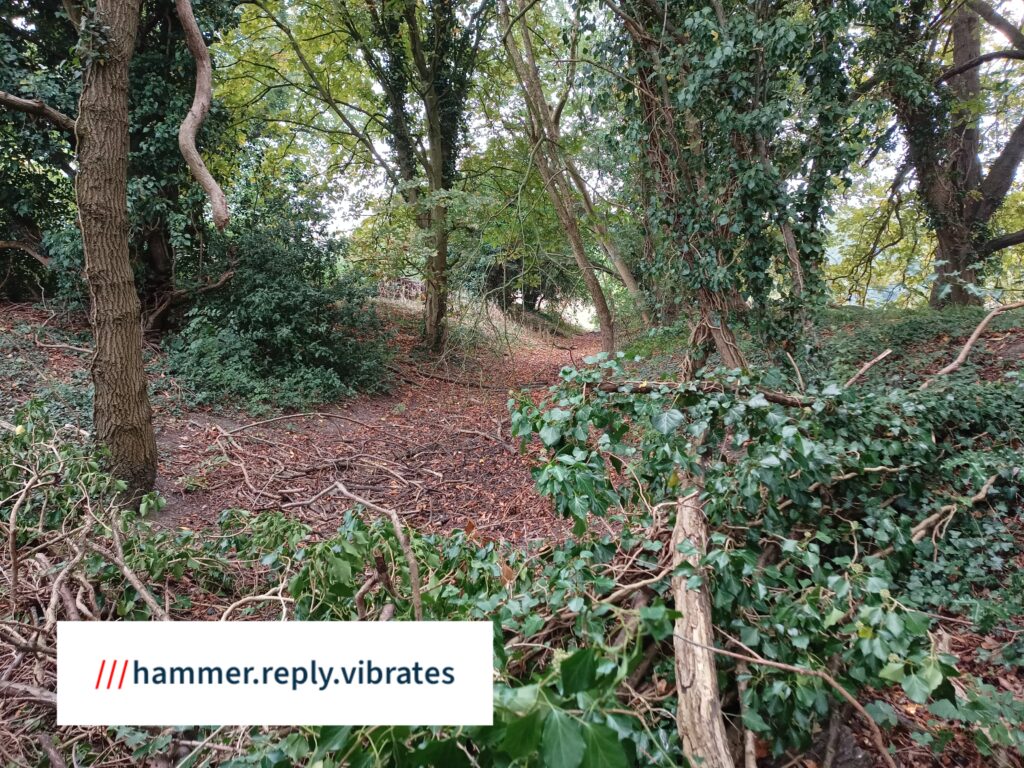
There are walking guides to the Loop which can be downloaded here:
Whitewebbs Park itself.
The Park covers about 240 acres (97 Hectares). About 2/5 of the land is covered by ancient woodland. The rest is a mix of open parkland and wooded areas. The current description does not include Rangers Grave
The struggle forthe right to land in Enfield has a heritage going back to the 16th Century. Enfield Chase was a royal hunting ground. A few nobles had houses and hunting lodges. Common people had certain rights to graze animals and collect wood. The common people fought long and hard to protect the few rights they had. There were riots, battles with the military, crop burnings and all sorts of resistance in the 17th and 18th Century, Despite the centuries of resistance, between 1777 and 1801, what remained of Enfield Chase was finally enclosed. Whitewebbs Park became an enclosed private estate at the beginning of the 19th Century. Click here for more details of the struggle.
The wealthy and the powerful were able to exclude the common people with the help of their wealth and with the power of Parliament and local authorities.
In the later 19th and early 20th Century the role of parks and urban space in improving the health of the nation was recognised. Public Health Acts had promoted this idea by allowing local Authorities to buy land for public recreation.
In 1931 Middlesex County Council and Enfield Urban District Council bought the Whitewebbs Estate for the people of Enfield as Public Open Space. It was decided that part of the land could be used, temporarily, as a PUBLIC golf course to cover tha maintenance costs of the park. This land was held in trust for the people of Enfield.
There is a full account of the 1990s battle to preserve Whitewebbs for the people of Enfield in Chapter 16 of “Fighting for the Future” by the Enfield Preservation Society, now the Enfield Society
The latest chapter is a rebirth of the enclosure movement, reversing the enlightened policies of the 1930s. A multi billion dollar offshore corporation wants to enclose a large section of this public land for its own private use and purposes. About half the open space area will be enclosed by fencing, earthworks and impenetrable foliage. The Council has done all it can to support this new enclosure movement.
The heritage of Whitewebbs Park is the beautiful landscape and the struggle of ordinary people to enjoy this land despite the selfish and commercial ambitions of the rich and powerful.
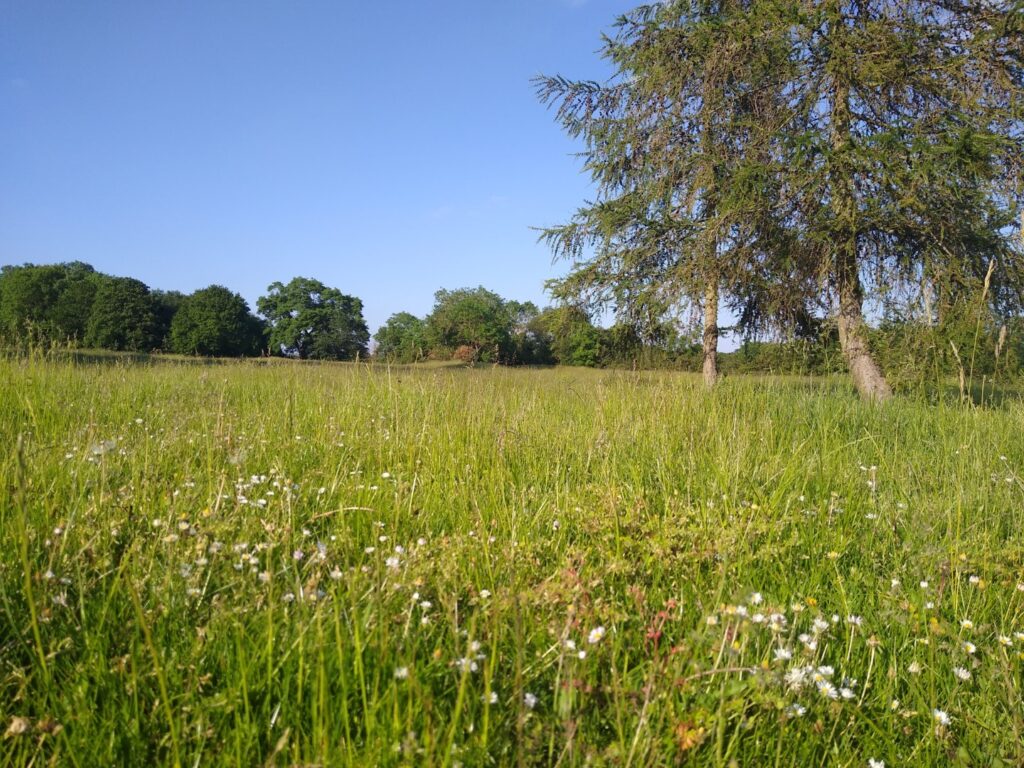
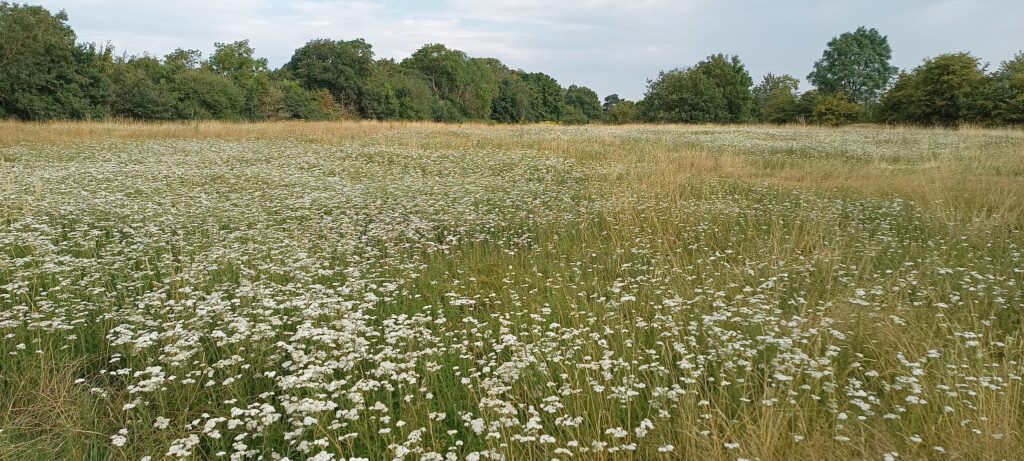
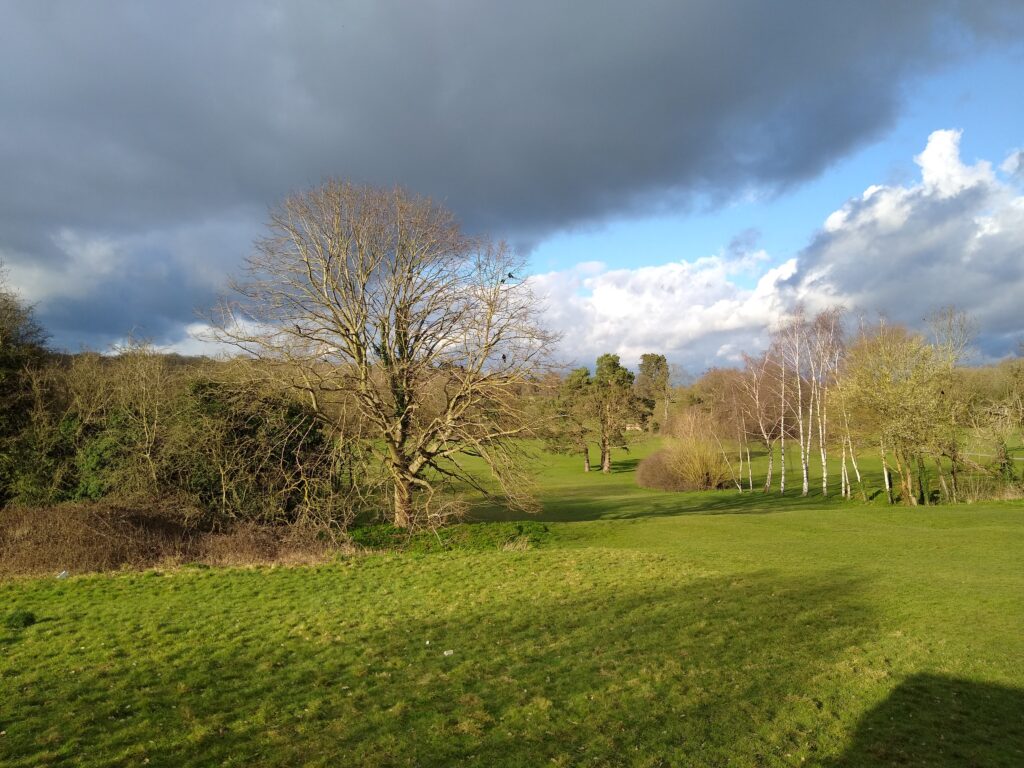
These are entries for Whitewebbs Park from the draft proposal list:
